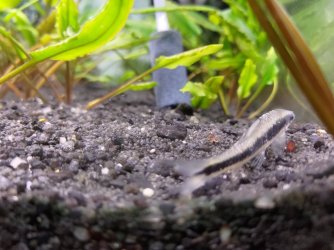trikeywoman
New Member
Large, mature well planted Freshwater 180l tank with CO2 (Sodastream) system. Running happily for about 10 years with a variety of tetras
Then suddenly........
All the fish started dying. Over the last week all the small fish, cardinal tetras, rummynose, penguin tetras etc have all died off. No sign of sickness beforehand
Now the larger fish are looking dodgy. What on earth can it be ?
What's worse is that I am going away for 2 weeks this weekend, I can imagine coming back to an empty tank !
Then suddenly........
All the fish started dying. Over the last week all the small fish, cardinal tetras, rummynose, penguin tetras etc have all died off. No sign of sickness beforehand
- Suspected the CO2 straight away and turned it off
- Temperature OK
- Water test is fine, no sign of any problem
- Filter is running well
- Added extra aeration - although fish not showing signs of low oxygen, no gasping at surface
- Did several big water changes - RO water with added nutrients from my own RO filter system
- Wondered whether there was vibration from the existing air stone pump that was disturbing them in some way?
Now the larger fish are looking dodgy. What on earth can it be ?
What's worse is that I am going away for 2 weeks this weekend, I can imagine coming back to an empty tank !


